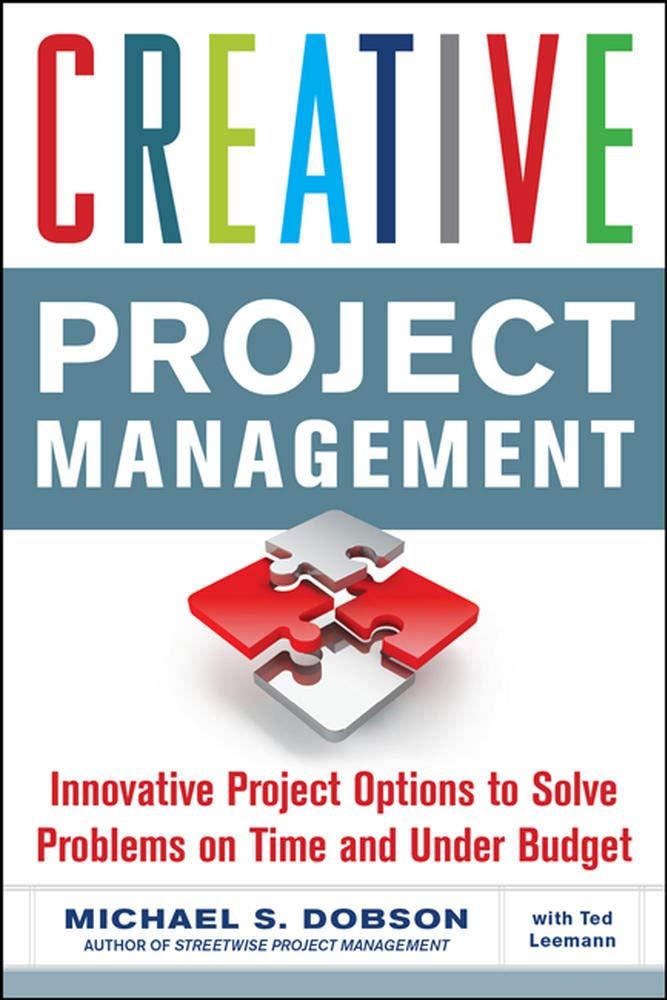6. Framing effect. Which pair did you choose? In a 1981 study, Tversky and Kahneman presented this...
Question:
6. Framing effect. Which pair did you choose? In a 1981 study, Tversky and Kahneman presented this problem to two different groups.
One got the first two choices; the other got the second pair. In the first, 72 percent preferred (a). In the second, 78 percent preferred (d).
Mathematically,
(a) and
(c) are identical, as are
(b) and (d). If you chose
(a) and
(d) [or
(b) and (c)], you responded to the same information questions.
Without asking the right question, you’re going to have a lot of trouble finding the right answer.
In performing “lessons learned” analyses, which we will describe in Chapter 10, we’ve observed that there is always a question that, if asked early enough, would have identified the biggest problems that faced the project. Whether the question was asked or not, of course, is something completely different. But certain questions tended to show up more frequently in after-action reports than others.
Some of what we have to say can be taken as criticism of the people or companies whose stories we tell, but that’s not our intent. These people have substantial merit, or else they wouldn’t have ended up in positions of leadership. We do not pretend to have any special knowledge of the innermost thoughts of leaders who have either presided over disasters or presided over their avoidance. To our eyes, the purpose of “lessons learned,” the necessary end to any well-run project, is not to find fault or even praise but to find tools to help us do better in the future.
There are, after all, two ways of learning: (1) have an experience and learn from it, and (2) find someone else who’s had an experience and learn from him or her. The second method is often cheaper. We assume that most readers already have a command of the basic vocabulary of tools of project management. If you don’t, don’t worry. On our blog at www .sidewisethinking.blogspot.com we’ve provided all the necessary details, including a reading list, so that you can read more about it.
Step by Step Answer:

Creative Project Management Innovative Project Options To Solve Problems On Time And Under Budget
ISBN: 9780071739337
1st Edition
Authors: Michael Dobson





